-
Posts
3,101 -
Joined
-
Last visited
-
Days Won
6
Content Type
Profiles
Forums
Blogs
Gallery
Events
Store
Everything posted by The Prussian
-

What´s special with this EK I?
The Prussian replied to The Prussian's topic in Germany: All Eras: The Iron Cross
Well, Wiedemann is hard to find. There are a few hundreds in the Red Cross list, because Wiedemann is in the same file like Widmann... -

What´s special with this EK I?
The Prussian replied to The Prussian's topic in Germany: All Eras: The Iron Cross
Hello Graf! I don´t think so. Please look at #5: He wrote: In dankbarer Erinnerung an die Wasserfahrt, Ihr Wiedemann In grateful memories at the trip on water, yours, Wiedemann It´s an english postcard and no address. So it probably will be sent in an envelope from England. -

What´s special with this EK I?
The Prussian replied to The Prussian's topic in Germany: All Eras: The Iron Cross
Hello! Yes, that´, s clear. Unfortunately I couldn´t find a Wiedemann in the POW lists. -

What´s special with this EK I?
The Prussian replied to The Prussian's topic in Germany: All Eras: The Iron Cross
-
Hello John! You really put a lot of thought into this! Good work! I also agree with you completely, there are many possibilities with the abbreviation. However, I don't think that the service position, which could also change, was stamped on the dog tags. In German, the word "Company" was written with either C or K. Officially from 1901 with K, but this was not always followed. As I said, it is difficult to say without more precise sources.
-
Hi John! I don´t think you´ll get any infos about him in the regimental histories. The Hühn you found is not him. Gelsenkirchen is my neighbour-town and it doesn´t belong to Hessen... AND. His "rank" as a Offizier-Stellvertreter was not a rank, but a duty position. He owned it just for the time he was needed to do that duty. His official rank will be Vizefeldwebel.
-

Jäger Bn4
The Prussian replied to ccj's topic in Germany: Imperial: Uniforms, Headwear, Insignia & Personal Equipment
Hello! A good question. I don´t know... I think it was easier to take a red one in the war time, because they had enough of red wool, and not too much of yellow ones. Maybe they thought a yellow one would be more conspicuous in the field... -
Hello John! I have never seen an stamp with "Chef des Nachrichtenwesens". But that doesn´t mean, it is impossible... Sometimes the word "Kompagnie" was written with C, so maybe it´s just "Compagnie-Nummer"? That would explain the colon. Hello Peter: Hans v. Welser was Hauptmann der Landwehr. In the war-time he was "Höherer Zivilverwaltungsbeamter der Etappen-Inspektion 6" und "Kaiserlicher Geheimer Regierungsrat". (Higher Civil Administrative Officer of Etappen-Inspektion 6" and "Imperial Privy Councillor of the Government."
-

Jäger Bn4
The Prussian replied to ccj's topic in Germany: Imperial: Uniforms, Headwear, Insignia & Personal Equipment
Hello! You can download the war-time bataillon-history for free here: https://digital.wlb-stuttgart.de/sammlungen/sammlungsliste/werksansicht?tx_dlf[id]=567&tx_dlf[page]=1&cHash=a800b8d918663a3fb1c6fa2064edf485 (click above right on: "ganzes Werk herunterladen") But are you sure with JB4? It also could be RJB4. The history of RJB4 you can find here: https://digital.wlb-stuttgart.de/sammlungen/sammlungsliste/werksansicht?tx_dlf[id]=8212&tx_dlf[page]=1&cHash=1c4fd9c7d698536069f603db52752fdb -

Jäger Bn4
The Prussian replied to ccj's topic in Germany: Imperial: Uniforms, Headwear, Insignia & Personal Equipment
Hello! Why is it a pre-war uniform? Well... it´s a field-grey uniform, introduced in 1907, but usually used in the war. The uniform you showed us in the link is a so-called "Bunter Rock", in use all the years before 1907.? -

Jäger Bn4
The Prussian replied to ccj's topic in Germany: Imperial: Uniforms, Headwear, Insignia & Personal Equipment
No. You´re wrong. Again: Soldiers of the staff of Jg.Rgt.4 had also a 4 upon the shoulder-straps. All other soldiers, serving in the three bataillons wore their own bataillon-number! In peace-time we didn´t had Jäger-Regiments. Each Jäger-Bataillon belonged to the army-corps and not to a Division or a Brigade. IV.Army-Corps 7.Inf.Div. 13.Inf.Brig. (IR26, IR66) 14.Inf.Brig. (IR27, IR163) 7.Kav.Brig. (HR10, UR16) 7.Feldart.Brig. (FAR4, FAR40) 8.Inf.Div. 15.Inf.Brig. (FR36, IR93) 16.Inf.brig. (IR72, IR153) 8.Kav.Brig. (KR7, HR12) 8.Feldart,Brig. (FAR74, FAR75) Corps-Troops Jg.Btl.4 Fußart.Rgt.4 Pio.Btl.4 Train-Btl.4 The Jg.Btl.4 never was part of Jg.Rgt. As I wrote above, they belonged to the cavalry and they were late at war in Finland. We had the following Jg.Rgt.: Formed 1915: Bavarian Jg.Rgt.1 (1.bav.Jg.Btl., 2.bav.Jg.Btl., bav.Res.Jg.Btl.2) Jg.Rgt.2 (Jg.Btl.10, Res.Jg.Btl.10, Res.Jg.Btl.14) Jg.Rgt.3 (I.Btl. from Snowshoe-Btl.1, II. from Snowshoe-Btl. II, III. from Snowshoe-Btl.II, IV.Btl. from different units) Formed 1916: Jg.Rgt.4 (Jg.Btl.11, Res.Jg.Btl.5, Jg.Btl.6) Jg.Rgt.5 (Res.Jg.Btl.17, Res.Jg.Btl.18, Res.Jg.Btl.23) Jg.Rgt.6 (Jg.Btl.5, Jg.Btl.6, Jg.Btl.14) saxon Jg.Rgt.7 (sax. Jg.Btl.13, sax. Res.Jg.Btl.25, sax. Res.Jg.Btl.26) Jg.Rgt.8 (Res.Jg.Btl.4, Res.Jg.Btl.16, Res.Jg.Btl.24) Jg.Rgt.9 (Jg.Btl.8, sax,. Res.Jg.Btl.12, I./Ldw.Inf.Rgt.15*) * replaced 1917 by sax. Res.Jg.Btl.13, regiment dissolved later in 1917 saxon Jg.Rgt.10 (sax. Res.Jg.Btl.12, sax. Res.Jg.Btl.13) Jg.Rgt.11 (Garde-Res.Jg.Btl., Garde-Res.Schützen-Btl., Jg.Btl.1) Jg.Rgt.12 (Jg.Btl.2, Res.Jg.Btl.1, Jg.Btl.7) Jg.Rgt.13 (Res.Jg.Btl.8, Res.Jg.Btl.20, Res.Jg.Btl.21) Jg.Rgt.14 (Res.Jg.Btl.15, Res.Jg.Btl.19, Res.Jg.Btl.22) bavarian Jg.Rgt.15 (formed 1918 with caucasian Jg.Rgt.1, bavarian Res.Jg.Btl.1 and liberated POWs) -

Jäger Bn4
The Prussian replied to ccj's topic in Germany: Imperial: Uniforms, Headwear, Insignia & Personal Equipment
Right. But if there ain't no regiments, the numbers stand fir bataillons. And there were Company Buttons upon the shoulder straps. The grey Tunic has eagle- Buttons. So it could be Staff of Jäger-Regiment 4. The regimental Staffel of the Jäger-Regiments wore the regimental, not the bataillon-numbers. -

Jäger Bn4
The Prussian replied to ccj's topic in Germany: Imperial: Uniforms, Headwear, Insignia & Personal Equipment
Hello! Because of the number 4 upon the shoulder strap. The uniform is a Jäger-tunic. During the war some Jäger-Bataillons formed Jäger-Regiments, but the single bataillons wore their own bataillon-numbers upon the shoulder-straps. -

Jäger Bn4
The Prussian replied to ccj's topic in Germany: Imperial: Uniforms, Headwear, Insignia & Personal Equipment
Hello! The tunic in the link is the pre-war uniform. The photo here shows the field-grey tunic. It the uniform of the 4th OR the 4th reserve-Jäger-Bataillon. After the battle of Lüttich the Jg.Btl.4 came under command of Higher-Cavalry-Commander 7. Later it came to 2nd Cavalry-Division, later 86th Inf.Div. In 1918 it came to 7th Landwehr-Divison. In March 1918 it belonged to 95.Res.Inf.Brig. during the battle in Finland. -
Selam Demir! Thanks a lot! Do you have any idea which one it could be? Anyway I don´t believe in Halil. I´ve got the ottoman ranklist from 1912-1922. I would say Halis or Halit, but I couldn´t find the 26th division in that book...
-
Hello! The Imperial Turkish Plenipotentiary General Staff Officer of the High Command "Mackensen" asks for a pass for the tour of the Royal Palace. Major ??? Is someone able to read the signature, please? The readable officers are (in brackets their turkish ranks): Major Tewfik (Binbaşı Tevfik): Chief of Staff of the Turkish 26th Division. Lieutenant Schuekri (Üsteğmen Şükrü), not to be found out, unfortunately common name. First Lieutenant Sirri (Üsteğmen Sırrı): not to be found out. Lieutenant Sureya (Teğmen Süreyya): Btl.Kdr. II./turkish 73.Inf.Rgt (both also from staff 26.Inf.Div.) Sergeant Chewfki (Astsubay Şevki): not to be found out. Signed by Major (Binbaşı) ? On 26 March 1917, the turkish 26th Division was ordered to return to Istanbul. Their transfer began on 1 April from Bucharest, and by the end of the month the whole division was back home. I assume that the castle is the royal palace in Bucharest. Thanks a lot in advance! Additional informations: The problem might also be that the division was only under the HGM for a very short time. On 3.11.16, Enver Pasha first held out the prospect of the division, but it was only to take on defensive tasks. But GFM v. Mackensen must have needed to talk... Until 22.11.16 it was assembled behind the German 217th ID. It was to advance on Zimnicea on 25.11.16. On 29.11.16 it advanced from Alexandria on Prunaru. At the Battle of Argesul it was deployed in the area of the Danube Army (Kav.Div. Goltz, Korps Kosch (Bulg. 1. and 12.Div., dt. 217.ID, türk. 26.ID). On 1.12.16 it stood with the Kav.Div. Goltz at Prunaru and Draganesti to offer resistance, but in the evening it took Tarnava. From there it was to advance northeast and establish contact with the German 217th ID. On 2.12.16 it reached the area west of Balaria with light fighting. On 3.12.16 the 11th Bavarian ID, the Turkish 26th Div. and the Kav.Div. Goltz were subordinated to General Kosch. The Turks also intervened in the battle near Balaria. In the evening German troops entered Mihaleski. On 4/5.12.16, the Bulgarian 1st and 12th Div. and the German 217th ID went across the Argesul from Falastoca to Adunati without a break. Bucharest then also fell on 5.12.16. Then there were a few days of rest. On 19.12.16 an attack on Filipeski was planned, but it was postponed to 24.12.16 because of too weak Bulgarian, German and Turkish forces. The Turks and the Bulgarian Landsturm broke through the Calmatuiul and pushed the enemy back along the Danube. By 15.1.17 they had reached the Sereth lowlands west of Braila with the Bulgarians. On 19.1.17 the Romanian campaign ended with the capture of Nanesti (9th Army). The Turkish 26th ID was then deployed as an army reserve. From March it was then transferred back to Turkey as already described. The entire deployment with HG Mackensen thus lasted only four months. Turkish 26th Inf.Div:
-

imperial 1914-1918 Woyrsch, Remus von
The Prussian replied to Dave Danner's topic in Germany: All Eras: Signature Database
-

Imperial 1914-1918 Unruh, Walter von
The Prussian replied to Chris Boonzaier's topic in Germany: All Eras: Signature Database
- 3 replies
-
- imperial 1914-1918
- signature
-
(and 1 more)
Tagged with:

.thumb.jpg.4f8e88fc5d052477fd4f58b8cd906745.jpg)
.thumb.jpg.ca5c2c2d32735c55bb4c42f7f31c5e85.jpg)
.jpg.488abb051dec0167a41b7c83bc837d04.jpg)
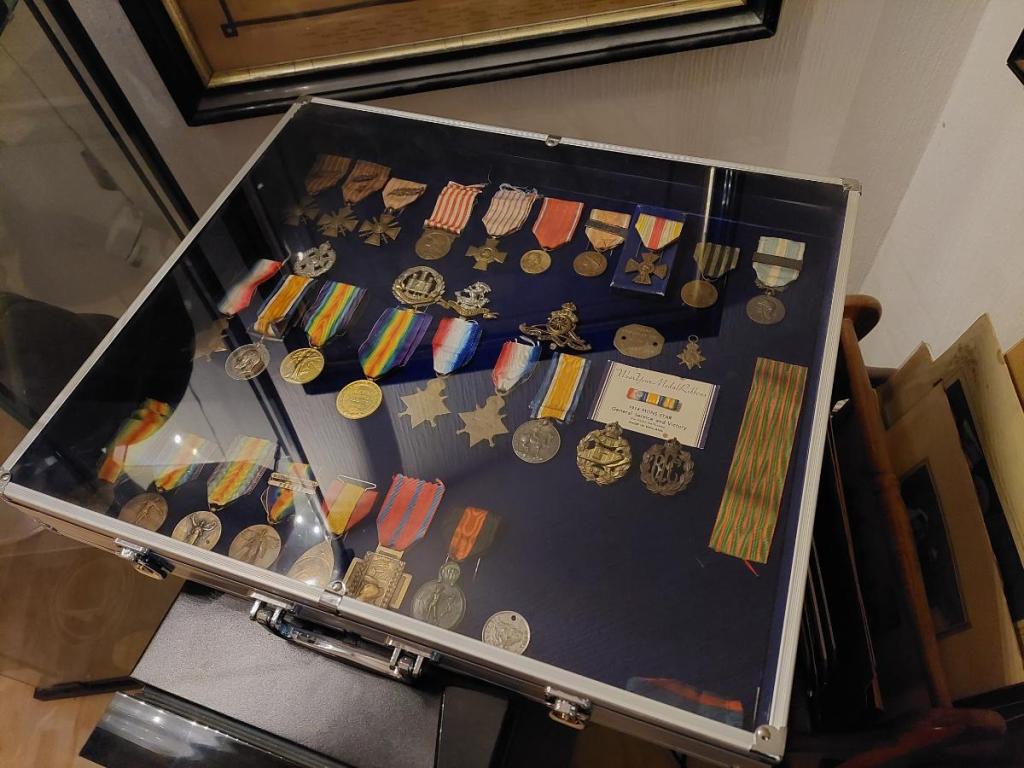
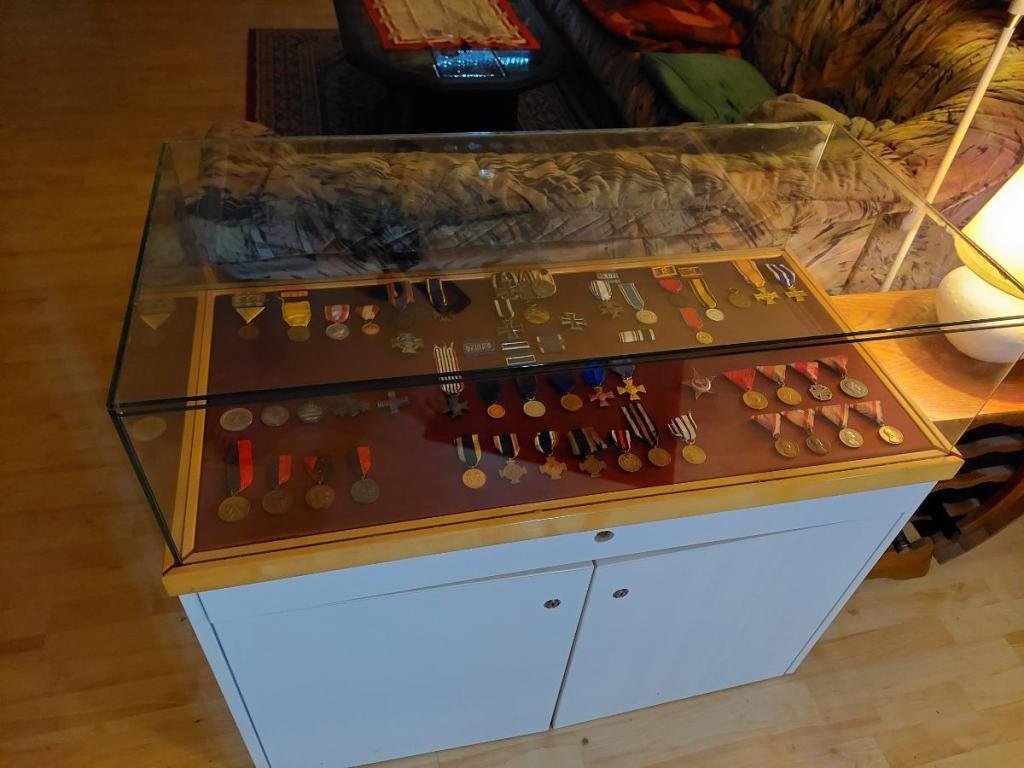
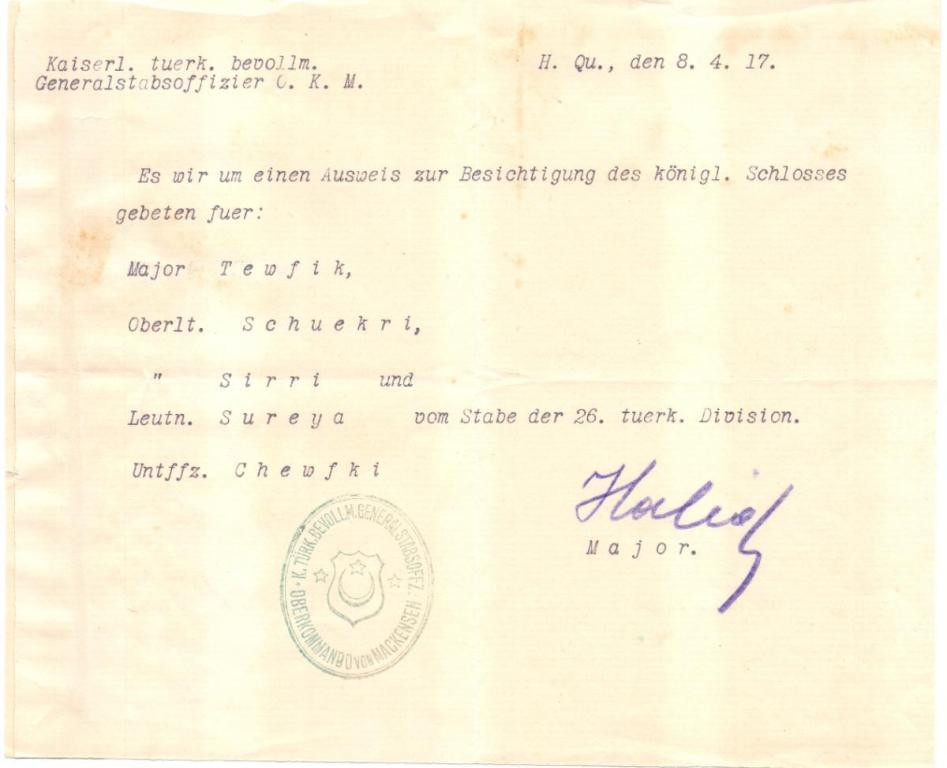
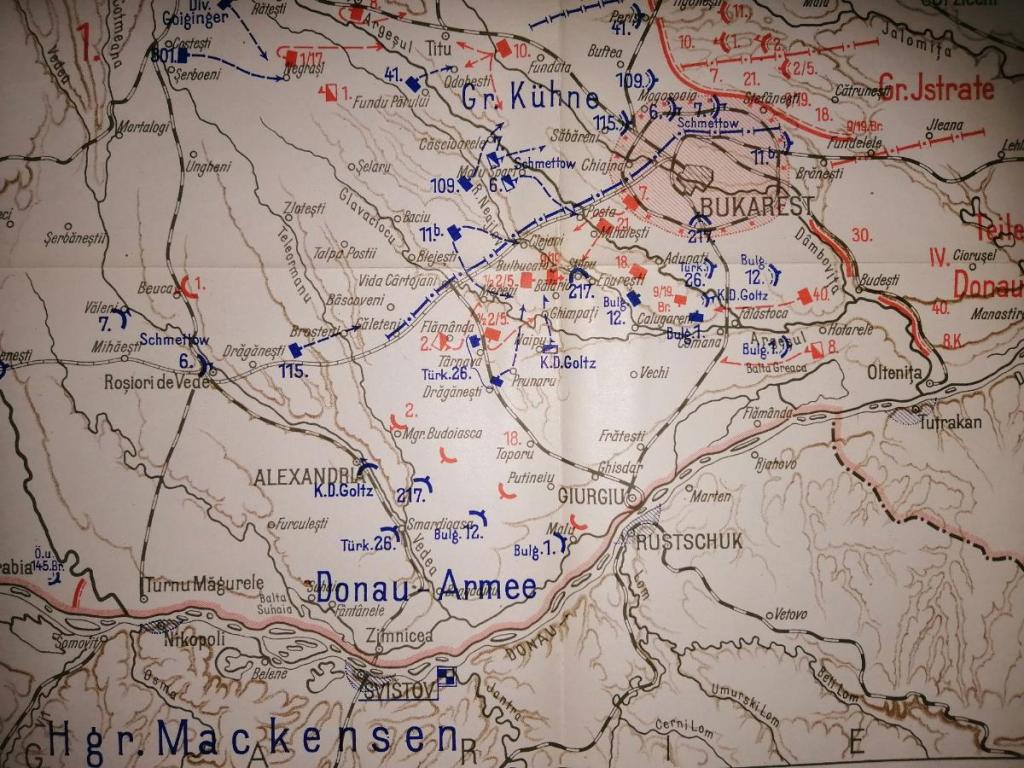
.thumb.jpg.3e24ffbc81afdcb8f45b30eda58c7fe4.jpg)
.thumb.jpg.3a3ebd92564c0b4de9112cd7babde61c.jpg)
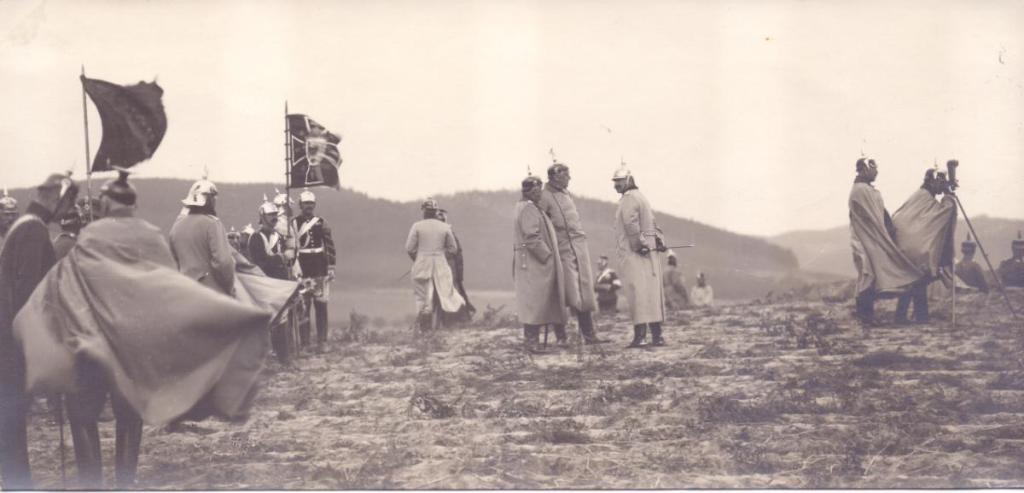
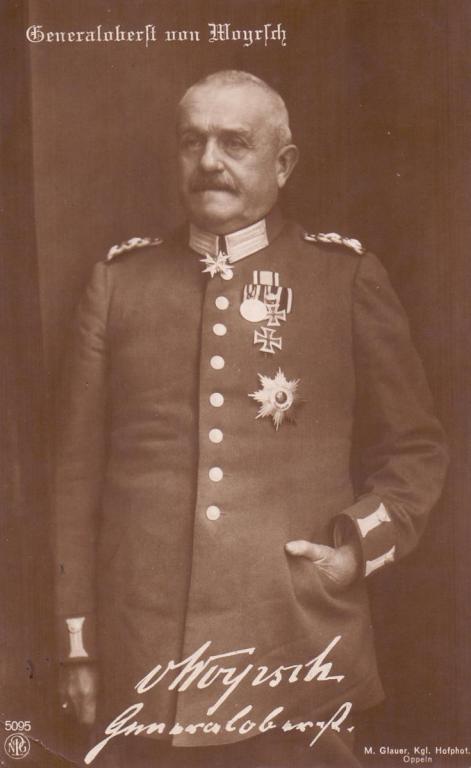
.thumb.jpg.c53282563eeeb30d489feaaf9db88f4f.jpg)
.thumb.jpg.dd2421969e896d7b28517546c7924dcc.jpg)
.thumb.jpg.69d3e3c27aecfa51b6b9cd7eb75cfcbb.jpg)
.thumb.jpg.866bd549bcbb6ac84aed337afc880db0.jpg)